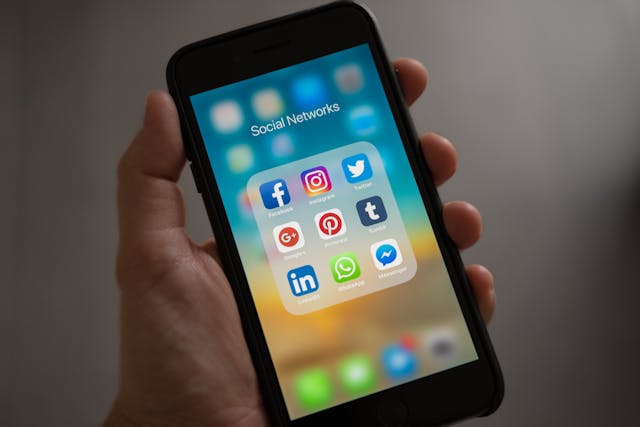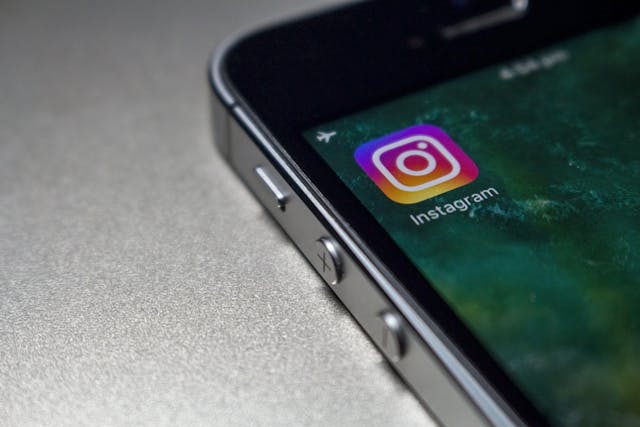Social Media Challenges: Participation, Parodies, and Controversies
Social media challenges have become an iconic part of internet culture, offering users opportunities to participate in viral trends, showcase creativity, or raise awareness about social issues. However, while these challenges often promote fun and engagement, they can also spark parodies, lead to controversies, and raise questions about their broader impact. This guide dives into the dynamics of social media challenges, exploring their positive and negative sides, and how they shape online behavior.

What are Social Media Challenges?
Social media challenges are trends or viral activities that encourage users to participate in a specific task, often with a unique twist. These challenges can take many forms:
-
Dance Challenges: Short choreographed dance routines set to popular music (e.g., TikTok's viral dances).
-
Hashtag Challenges: Prompts to share content using a specific hashtag (e.g., the ALS Ice Bucket Challenge).
-
Awareness Campaigns: Challenges that aim to raise awareness about social or environmental issues (e.g., #BlackLivesMatter).
-
Creative Tasks: Artistic or humorous challenges like the “#DontRushChallenge,” where users transform their looks or showcase their talents.
Challenges can either be lighthearted, like the "Floss Dance," or have deeper cultural significance, like the “#MeToo” movement.
The Appeal of Social Media Challenges
Viral Participation
One of the biggest appeals of social media challenges is the desire to go viral. Participants enjoy the chance to:
-
Gain Visibility: Completing a trending challenge may lead to viral recognition, especially if shared by influencers or celebrities.
-
Engage with Friends and Communities: Challenges often serve as a fun way to bond with others or show support for a cause.
-
Creative Expression: Challenges allow participants to showcase their creativity, whether through humor, dance, or personal flair.
FOMO (Fear of Missing Out)
The urge to join in on the latest trends, whether for social acceptance or fear of exclusion, drives a lot of participation. Watching others take part in a challenge often compels users to jump in to avoid feeling left out.
Brand Involvement
Businesses and influencers are quick to hop on viral challenges to promote products or build brand engagement. For example:
-
Brands can sponsor challenges: A cosmetics company might create a makeup challenge, while a clothing brand might launch a "fashion look" challenge.
-
Influencer Collaboration: Popular figures participate in challenges to engage with their audience, attracting even more people to take part.
The Role of Parodies in Social Media Challenges
As social media challenges spread, they often undergo transformations, and parodies emerge:
-
Humorous Twists: Participants often add their personal spin, leading to funny, unexpected, or over-the-top renditions of the original challenge. For example, the #MannequinChallenge, where people freeze in place, was widely parodied with unexpected "fail" versions, such as people falling over or making funny poses.
-
Irony and Satire: Some users mock the original challenge for being overly simple, repetitive, or insubstantial. For instance, dance challenges may become parodied with intentionally awkward or nonsensical routines.
-
Inclusion of Surprises: What begins as a simple task may evolve into something unexpected as people add humorous twists to the challenge. A good example is the #BottleCapChallenge, where participants showed off their martial arts or acrobatic skills, later leading to over-the-top, exaggerated versions.
These parodies not only provide entertainment but also serve as a way for users to take ownership of viral trends, adding layers of humor and spontaneity to the mix.
Controversies and Negative Aspects of Social Media Challenges
While many challenges are lighthearted and fun, others have sparked significant controversies and raised ethical concerns.
Safety Concerns
Some challenges have led to dangerous behavior:
-
The Tide Pod Challenge: One of the most infamous examples, where participants posted videos of themselves eating laundry detergent pods. This dangerous trend led to serious health risks and warnings from health organizations.
-
The Cinnamon Challenge: Involving swallowing a spoonful of cinnamon without water, this challenge resulted in respiratory issues and choking hazards.
-
The Skull Breaker Challenge: A prank where two people trip another person, leading to falls that could result in serious injuries.
While most social media platforms attempt to regulate harmful content, challenges like these still gain traction due to their shock value and viral potential.
Mental Health and Body Image
Some challenges, especially those focused on appearance, have been linked to negative impacts on mental health:
-
Body Image Issues: Challenges like the "Thigh Gap" challenge or the "Belly Button Challenge," which encouraged participants to fit certain body types or shapes, have been criticized for promoting unrealistic beauty standards and contributing to body dysmorphia.
-
Pressure to Perform: Participants may feel pressured to present an idealized version of themselves, leading to anxiety, self-esteem issues, or burnout. The constant comparison to "perfection" in online spaces can take a mental toll, especially on younger users.
Cultural Appropriation
Some challenges have been criticized for cultural appropriation, particularly when trends take elements from marginalized cultures without proper acknowledgment:
-
The "Hip-Hop Dance" Challenge: A dance trend on platforms like TikTok, where users adopt culturally significant dance moves from African-American and Black communities, often without giving credit.
-
#KimonoChallenge: The viral trend of wearing a kimono or traditional Japanese clothing, which sparked backlash for exploiting the culture without understanding or respect for its origins.
These types of challenges can lead to significant cultural sensitivity debates, as they highlight the way digital spaces can commodify or appropriate cultural elements.

Social Impact: Raising Awareness and Sparking Change
On a more positive note, many social media challenges have been used as powerful tools for social change:
-
#IceBucketChallenge: This challenge raised millions of dollars for ALS research and brought significant attention to the disease, spreading awareness to millions of people.
-
#MeToo Movement: The viral hashtag became a global social movement, empowering survivors of sexual harassment and assault to share their stories, ultimately challenging systemic abuse in various industries.
-
#BlackLivesMatter: Social media challenges and hashtags have been integral in amplifying voices protesting police brutality and racism, and organizing support for policy change.
These campaigns demonstrate the power of social media challenges to drive meaningful conversations and create real-world impact, often resulting in fundraising, policy changes, or social justice movements.
Conclusion: Balancing Fun, Parodies, and Responsibility
Social media challenges are multifaceted: they provide entertainment, foster creativity, and sometimes even raise awareness about serious social issues. However, the potential for harm, particularly in terms of safety, mental health, and cultural appropriation, cannot be ignored. It’s crucial for users to approach these challenges with awareness and responsibility—knowing when to participate, when to parody, and when to reject harmful trends. At their best, social media challenges can be fun, informative, and empowering, but at their worst, they can be dangerous, divisive, and damaging. Understanding this balance is key to navigating the world of social media trends in a thoughtful and productive way.












